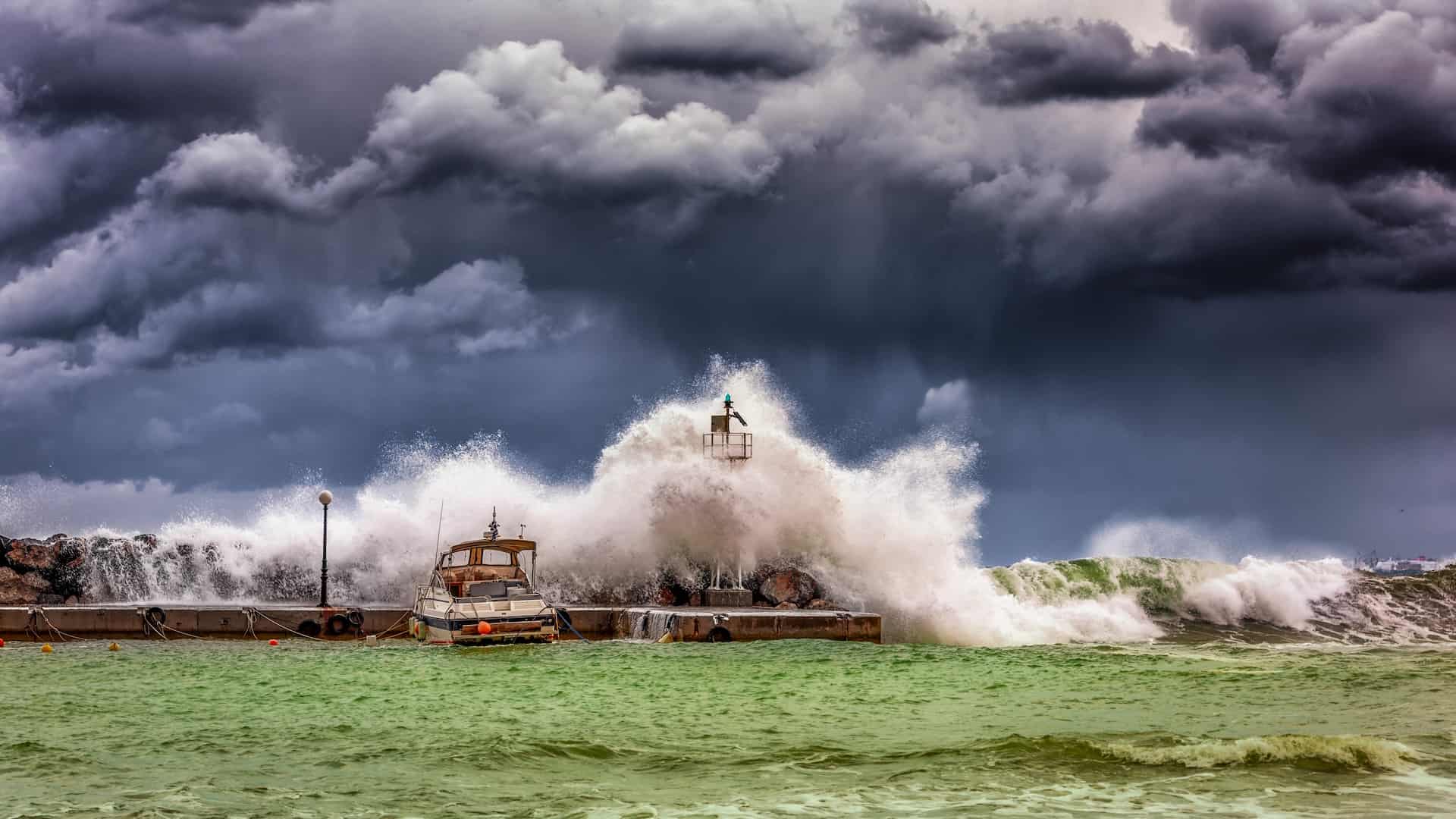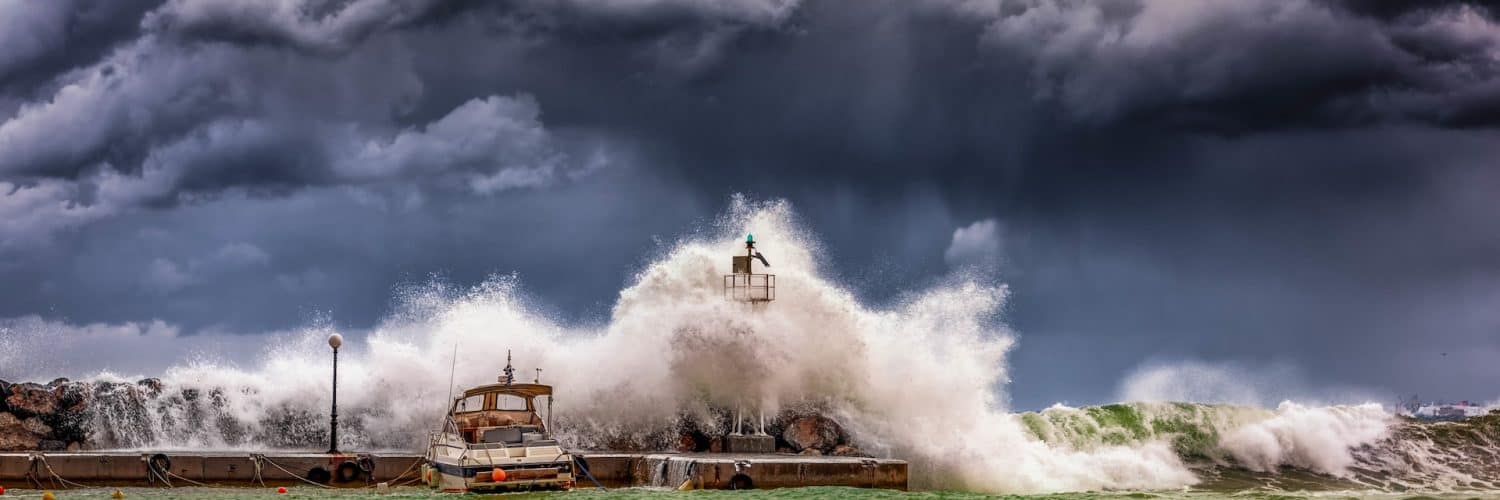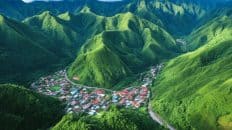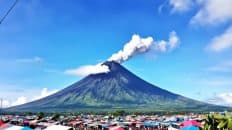Typhoons in the Philippines
The history of typhoons in the Philippines is a testament to the resilience and strength of its people. Time and again, Filipinos have faced these natural calamities head-on, rebuilding and recovering with unwavering spirit. The recurring typhoons also emphasize the need for continued improvements in disaster preparedness, infrastructure development, and climate change mitigation. As the world grapples with the increasing challenges posed by global warming, the Philippines stands as both a cautionary tale and a beacon of hope, showcasing the indomitable human spirit in the face of nature’s fury.

The Philippines, an archipelago in the western Pacific Ocean, has always been at the mercy of tropical cyclones. These natural phenomena, locally known as ‘bagyo’, play a significant role in the country’s history, shaping its landscape, culture, and collective psyche. The country endures an average of 20 typhoons annually, making it one of the most typhoon-prone nations in the world. In this article, we will explore the history of typhoons in the Philippines, focusing on some of the most devastating and impactful events that have left indelible marks on the nation.
1. Typhoon Angela (Rosing) – 1995
Angela, locally known as Rosing, is one of the most intense typhoons to hit the Philippines. In November 1995, it tore through the country, leaving a path of destruction in its wake.
The capital city of Manila was severely impacted, with numerous homes and infrastructures destroyed. Power lines were downed, causing prolonged blackouts, and several provinces experienced widespread flooding. The typhoon resulted in over 700 fatalities and displaced tens of thousands of Filipinos. Rosing’s wrath underscored the need for better disaster preparedness and infrastructure resilience, prompting national introspection and reforms in disaster management.
2. Typhoon Haiyan (Yolanda) – 2013
Regarded as one of the deadliest Philippine typhoons on record, Haiyan, or Yolanda as it was locally known, struck the Visayas region in November 2013. The super typhoon’s unprecedented strength and scale took many by surprise, despite warnings from meteorological agencies.
The city of Tacloban bore the brunt of the storm surge, with waves as high as 20 feet sweeping through the city. Over 6,000 people lost their lives, and thousands more were displaced or left homeless. The international community rallied in support of the Philippines, sending aid and relief. The aftermath of Yolanda became a testament to the resilience and spirit of the Filipino people, as communities rebuilt and rebounded from the tragedy. However, the event also highlighted areas for improvement in disaster preparedness and response.
3. Typhoon Ketsana (Ondoy) – 2009
In September 2009, the Philippines experienced the deluge brought by Typhoon Ketsana, locally named Ondoy. The typhoon dumped a month’s worth of rainfall on Metro Manila and nearby provinces in just a few hours, causing widespread and severe flooding.
Many residents found themselves trapped on rooftops as floodwaters rapidly rose. Over 700 people died, and damage to properties and infrastructure was extensive. The floods from Ondoy were described as the worst in recent memory, leading to calls for better urban planning and flood control systems. The calamity also galvanized many Filipinos into action, with countless volunteers and organizations stepping up to provide relief and assistance.
4. Typhoon Bopha (Pablo) – 2012
Coming on the heels of other major typhoons, Bopha, known as Pablo in the Philippines, made landfall in December 2012. Unlike many typhoons that tend to strike the northern and central parts of the country, Pablo hit the southern island of Mindanao, an area not typically associated with typhoon impacts.
Hundreds of people perished, especially in the towns of New Bataan and Monkayo in the Compostela Valley, where flash floods and landslides buried homes and residents. The agricultural sector suffered massive losses, and recovery efforts took years. Pablo’s impact underscored the changing patterns of typhoon paths, possibly due to climate change, which poses new challenges for disaster preparedness.
5. Typhoon Durian (Reming) – 2006
Typhoon Durian, locally known as Reming, struck the Philippines in November 2006. With its fierce winds and heavy rainfall, the Bicol region, particularly the province of Albay, experienced its catastrophic effects.
Mayon Volcano, known for its nearly perfect cone, became the source of lethal lahar flows due to the heavy rain. These volcanic mudflows buried entire villages, leading to a significant death toll. Apart from the immediate loss of life and property, the aftermath of Reming led to the displacement of thousands and long-term challenges in rehabilitating the affected areas. The event prompted increased awareness of the threats posed by the combination of typhoons and geological hazards.


















Add comment